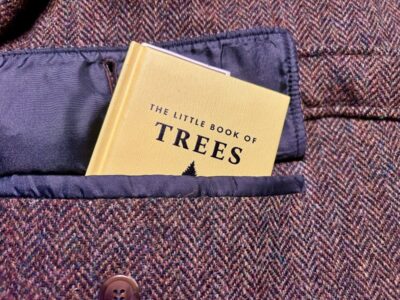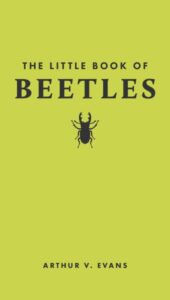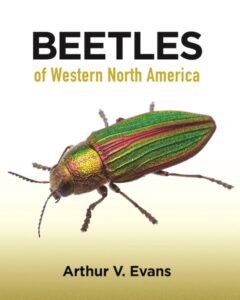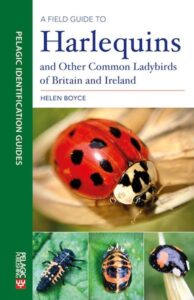Let’s be honest – even the most social media skeptical amongst us is vulnerable, should we find ourselves waiting in a particularly long queue, stuck in non-moving traffic, waiting for a coffee or a meal, etc. – to pulling out one of the ubiquitous little electronic time thieves that we carry about on our person […]




